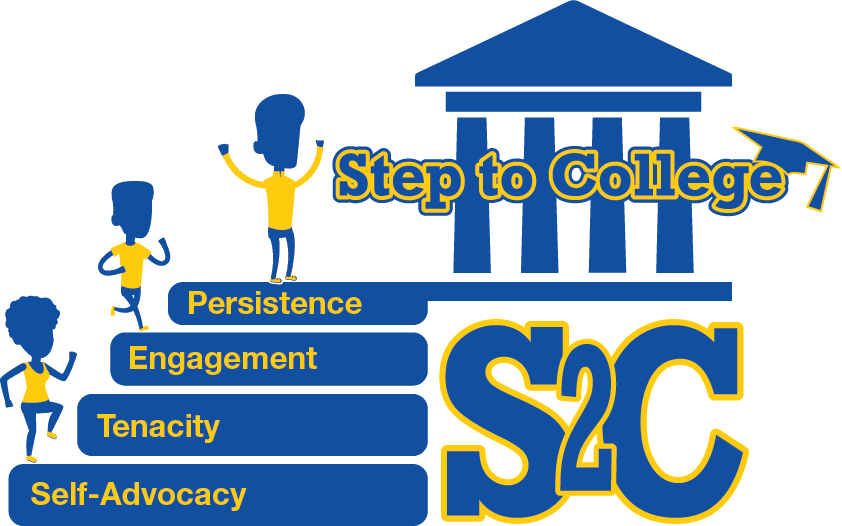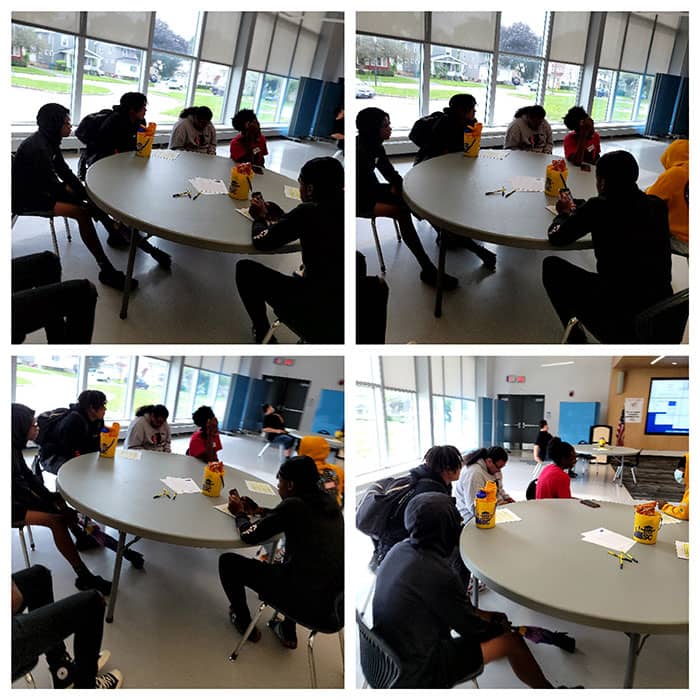


Academic Preparation
Academic goal
The academic goal of S2C is to identify the scholars’ learning strengths and gaps. Special attention is given to math, reading, writing/spelling, and grammar/vocabulary. Students are provided with instruction to prepare them for college entrance and college success. Classes during the first two summers include reading, writing, math, vocabulary and grammar. During summers of years three and four, classes will focus on science investigations that integrate math, scientific reasoning, reading, writing, and technology. Each class is co-taught and co-planned by a college professor and high school/middle school classroom teacher.
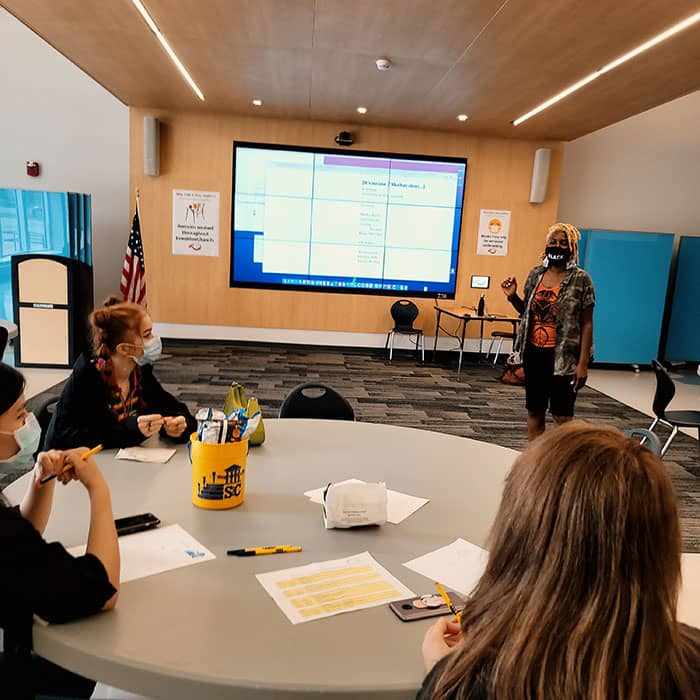
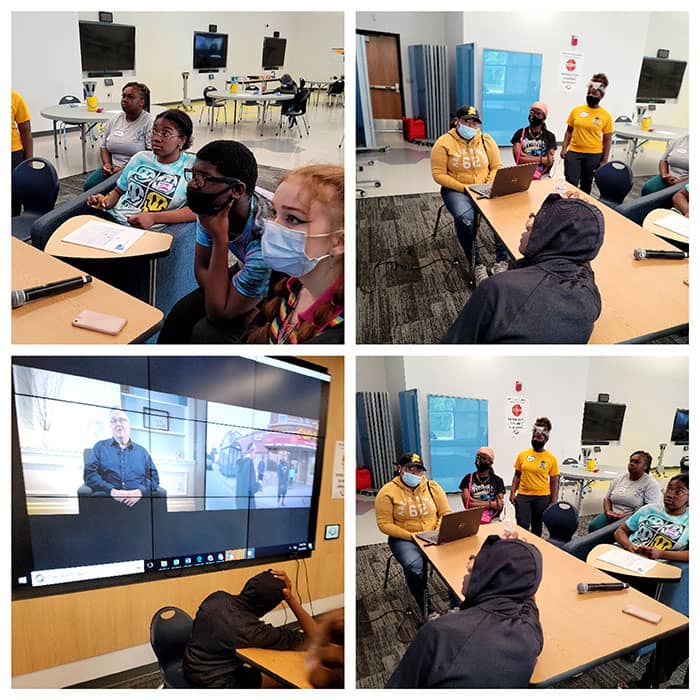
Backward Design
One of the most distinguishing aspects of the Step to College program is the instructional collaboration between East EPO middle/high school teachers and local college professors. In order to ensure scholars are prepared for collegiate level academics upon graduation from high school, scholars attend a two week Academic Boot Camp in the summer. The curriculum for the boot camp is created using a “Backwards Design.”
Backwards Design is an approach to instruction that begins with the end in mind. Scholars will learn the difference between just knowing information and facts versus really understanding how, when and why information will be used in real life. This approach provides scholars opportunities to achieve content mastery by equipping them with the skills to individually recognize, plan for and solve real world problems. There are three stages to the Backwards Design: 1) Identify desired results – what is it that I want the learner to know and be able to do?; 2) Determine acceptable evidence – how will I know that they know what I want them to know?; 3) Plan learning experiences – what do I need to do in the classroom to prepare them for the assessment?
Through the use of the Backwards Design, college professors identify what S2C scholars must know and be able to do to be successful their freshman year in college. At the same time, middle and high school teachers provide what New York State standards their scholars have accomplished as well as the adolescent developmental stage for understanding more complex ideas. Together, the educators design and co-teach units and lessons that will prepare young scholars for college level academia. Therefore, over the next four years, the units and lessons will focus on four content areas: reading, writing, vocabulary, math/science (science in years 3 & 4).
Culturally Relevant and Responsive Instruction
Instructors of Step to College are also charged with ensuring that scholars see themselves reflected in the learning. Therefore, the units and lessons of instruction within the Academic Boot Camp curriculum are crafted using a culturally relevant and responsive pedagogical (CRRP) approach. A CRRP approach to instruction validates and incorporates the students’ cultural background, ethnic history and current social interests while addressing socio-economic needs through the use of ethnically and culturally diverse material. It is an instructional practice that empowers students intellectually, socially, emotionally and politically by using cultural and historical references to convey knowledge, impart skills and change attitudes.
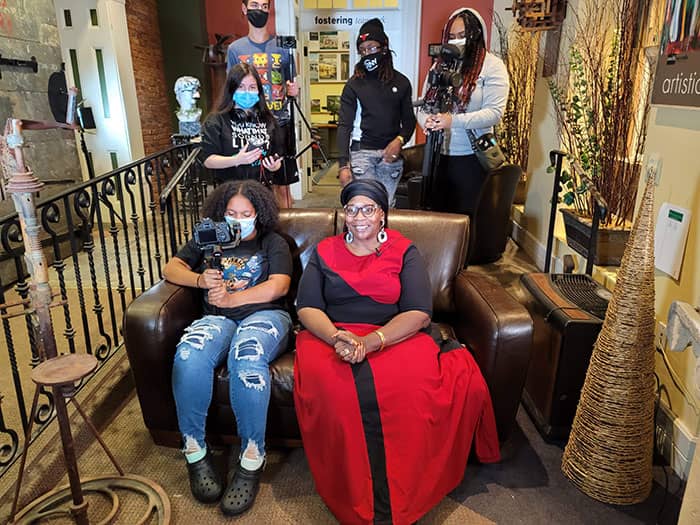
During the development of units and lessons to be delivered during the two week Academic Boot camp, instructors ask themselves the following questions:
- How do you know that you (instructor) will spend the majority of the instructional period actively facilitating vs. lecturing?
- What planned activities ensure that students spend the majority of the instructional period working collaboratively vs. independently?
- How are high expectations for scholars overtly conveyed?
- What actions explicitly validate and acknowledge current social, political, emotional, historical information of value to the scholars or to their community?
- What are the various ways for scholars to communicate or demonstrate mastery of the “Big Ideas” or skills?
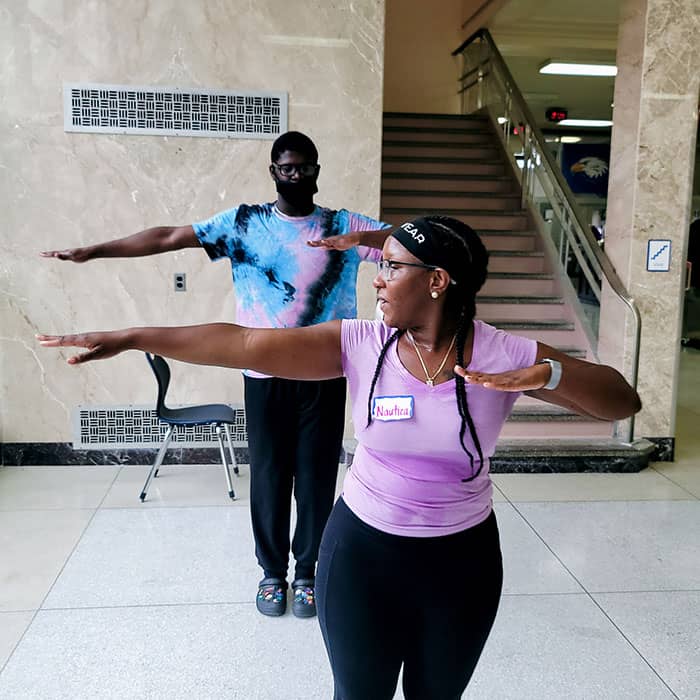
Program and Activites
S2C is designed to prepare first generation college bound scholars for collegiate success; therefore, an emphasis is placed on the recruitment of and preference for that population of scholars.


